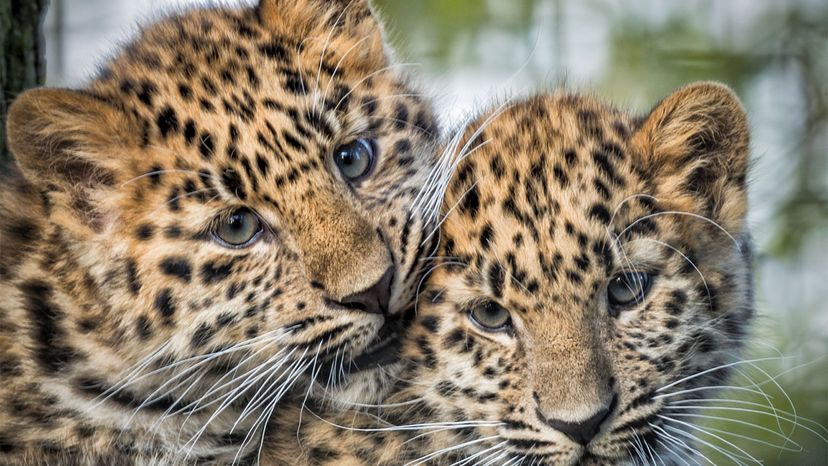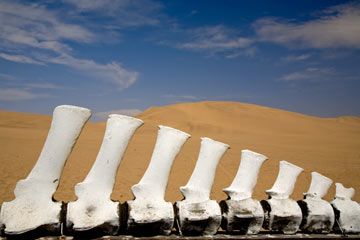
If you could travel back 65 million years ago, you would be able to witness the fifth mass extinction on Earth. It was at that time that a major event — likely the impact from a comet or giant meteor— wiped out more than half of all life on Earth [source: Choi]. Among the life forms that died out were the dinosaurs.
As enormous as that extinction event was, an event 250 million years ago dwarfed it. The Permian extinction saw 95 percent of all marine life and nearly all land life die out [source: PBS]. The world might look very different today had this extinction not happened. Scientists believe enormous volcanic eruptions in what is now Asia caused this mass extinction.
Advertisement
Today, Earth could be facing its next mass extinction. A global report issued by the Intergovernmental Science-Policy Platform on Biodiversity and Ecosystem Services (IPBES) and released on May 6, 2019, found that some 1 million species are at risk of extinction — the greatest number in in human history.
Why are so many life forms dying out? Several factors could contribute to extinction, but one seems to dominate all others: human interference. Whether it comes in the form of hunting, destruction of habitat or introducing an alien species to a new environment, humans have made an enormous impact on life on Earth in general. The history of our meddling goes back 100,000 years, when humans first started to migrate out of Africa. And then really picked up around 10,000 years ago when humans developed agriculture. Since that time, human activities have wiped out thousands of species of plants and animals. About 75 percent of the land-based environment and 66 percent of the marine environment have been significantly altered by human actions, according to the report.
Climate change has also accelerated extinction as many animals and plants can't adapt to warming or cooling ecosystems. If the trend continues, we could see a mass extinction that could threaten our own survival. We'll learn more in the next section.
Advertisement

